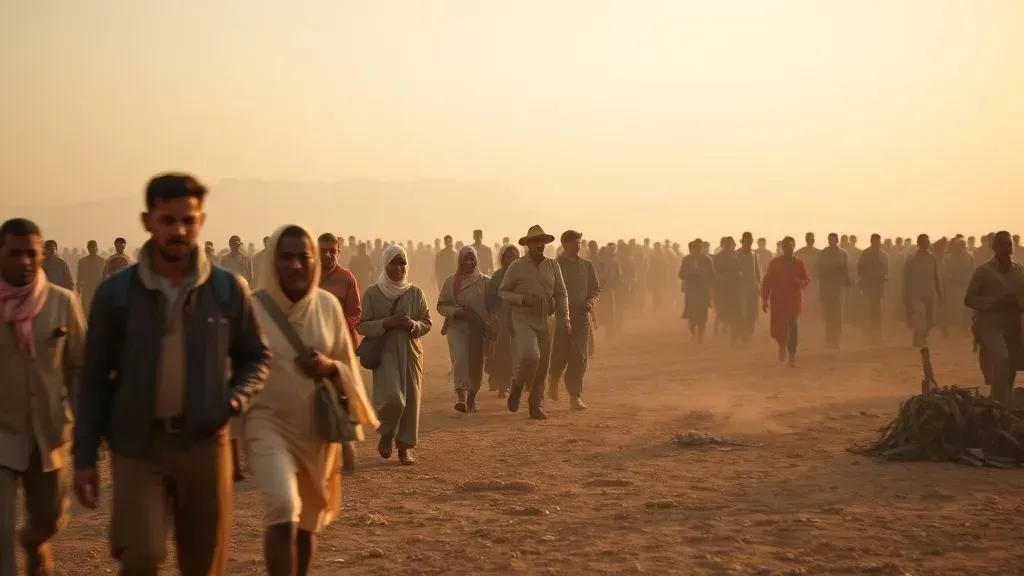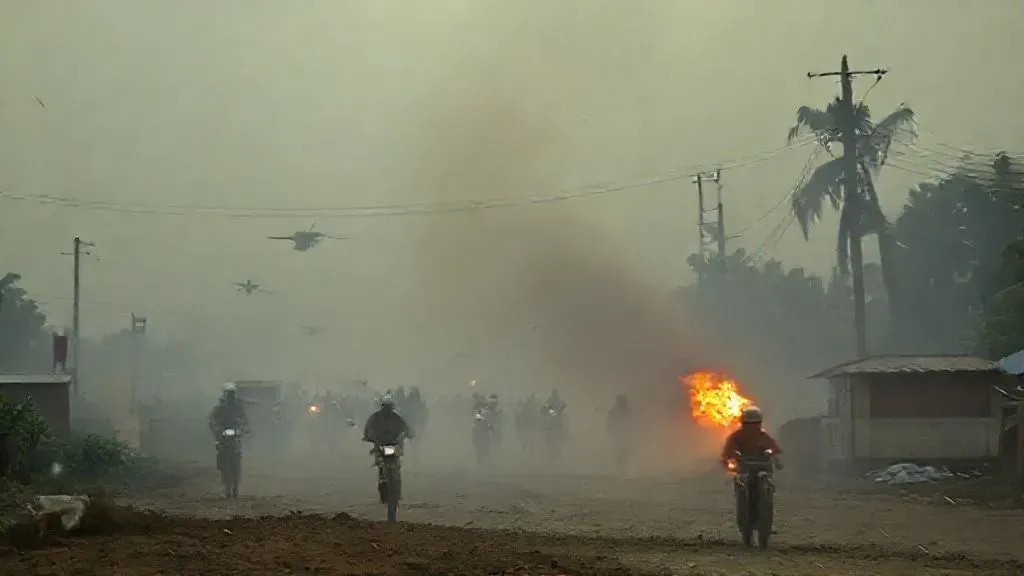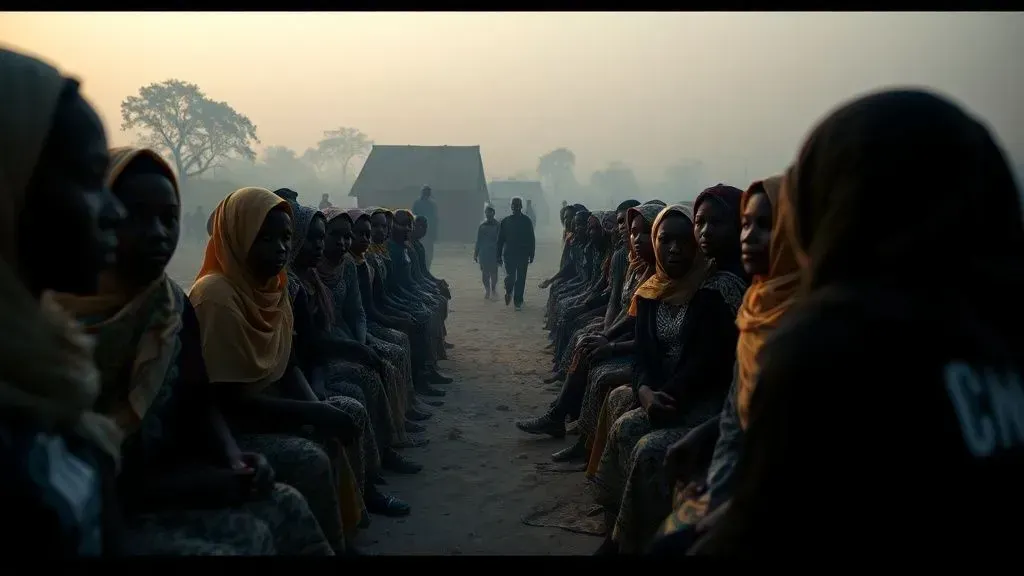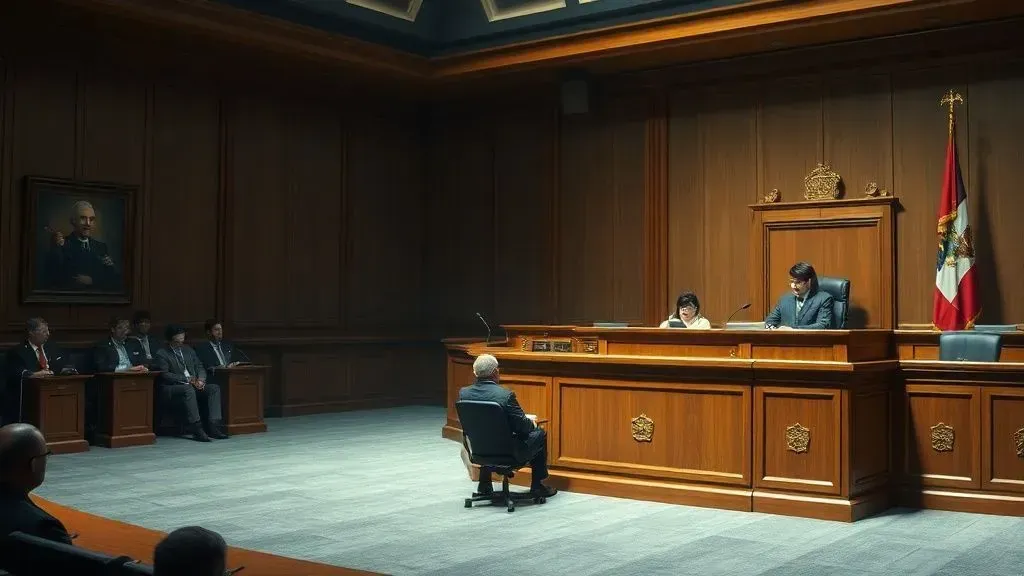
The US has resettled over two million refugees since 1980. President Trump announced a cap of 7,500 for fiscal year 2026, the lowest ever. This cut shifts focus to targeted groups facing discrimination.
Details of the Announcement
The new limit runs from October 2025 to September 2026. It drops sharply from Biden's 125,000 admissions in his final year.
Trump's team published the decision in a presidential document dated September 30. They emphasize humanitarian concerns and national interests in the choice.
Administration officials paused general refugee entries upon taking office. They carved out exceptions for specific victims of injustice.
Priority for Afrikaners
The cap allocates most slots to white Afrikaners from South Africa. Officials claim these individuals endure racial persecution in the majority-Black nation.
South Africa's government rejects these allegations. They state whites face no unique threats compared to other citizens.
An executive order from February 2025 underpins this focus. It cuts aid to South Africa and prioritizes Afrikaners for relief.
The first Afrikaner refugees landed in the US in May 2025. By early September, only 138 had arrived under the program.
Extending to Other Groups
The policy also considers other victims of unjust discrimination worldwide. Internal documents suggest monitoring Europeans targeted for anti-migration views.
Trump's aides advocate global changes to asylum rules. They seek to limit post-World War II migration protections.
Historical Perspective
The Refugee Act of 1980 formalized US admissions. It aids those fleeing persecution based on race, religion, or politics.
Trump's first term saw a low of 15,000 in 2021. Pandemic and policy restrictions drove numbers to 11,000 that year.
Biden rebuilt the program to over 100,000 by 2024. This expansion addressed backlogs from prior cuts.
Global refugee numbers stand at 42.7 million, per UN data. The US historically led in resettlements.
Expert Reactions and Analysis
Immigration analysts criticize the narrow scope. According to Aaron Reichlin-Melnick of the American Immigration Council, the shift includes discrimination as a refugee basis, altering core definitions.
Krish O'Mara Vignarajah from Global Refuge states the decision diminishes US moral authority. She notes it ignores crises in Sudan, Afghanistan, and Venezuela by favoring one group.
Sharif Aly of the International Refugee Assistance Project highlights excluded applicants in peril. He views it as forsaking values that built the program.
Senator Chris Murphy questioned Trump's ambassador nominee on white-only policies. The nominee affirmed commitment to presidential directives.
Advocates point to bypassed congressional consultations. This omission sparks procedural debates.
Implications for Policy and Society
The cap transfers oversight to Health and Human Services. This aims for tighter control over resettlement funds.
Experts warn of reduced diversity in admissions. It may limit economic benefits from refugee integration.
Trump's approach addresses perceived resource strains. Past migrant surges under Biden influenced this stance.
Globally, the policy signals a retreat from leadership. It urges allies to restrict asylum access.
Resettlement groups face funding uncertainties. They previously handled broader intakes from varied regions.
Trends in Immigration Control
This fits Trump's broader crackdown since January 2025. It includes suspensions unless entries serve US interests.
Analysts see it as favoring English-speaking whites. This contrasts with past emphases on war refugees.
South African officials note lingering economic advantages for whites. They dispute claims of systemic persecution.
The UN urges sustained support for displaced populations. US cuts could strain international efforts.
Educational Insights for Readers
Understand refugee vetting involves rigorous checks. Approved individuals often wait years in danger.
Track policy via Federal Register notices. Engage lawmakers on humanitarian priorities.
Compare with past administrations for context. Biden's expansions highlighted bipartisan potential.
Consider economic impacts: Refugees contribute through work and taxes over time.
This refugee cap reflects evolving US priorities in a divided political landscape. It challenges traditional humanitarian commitments while addressing domestic concerns.



